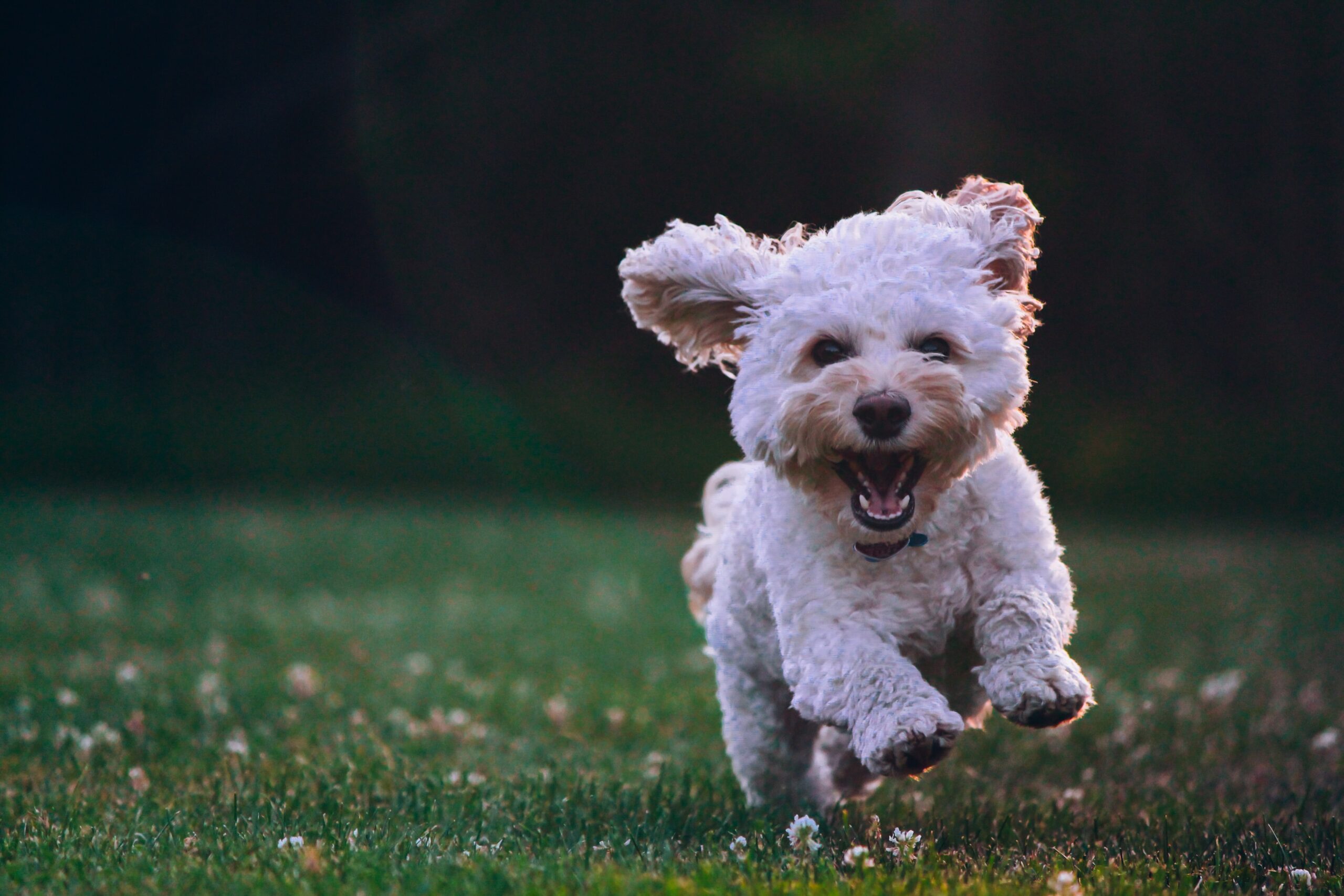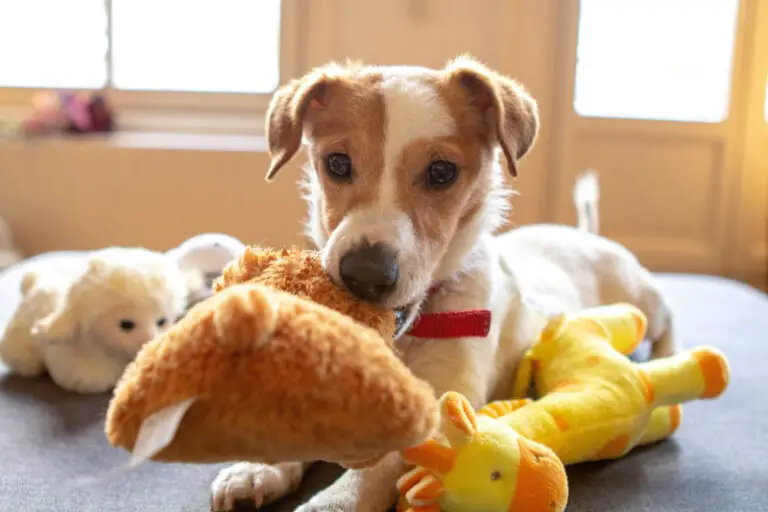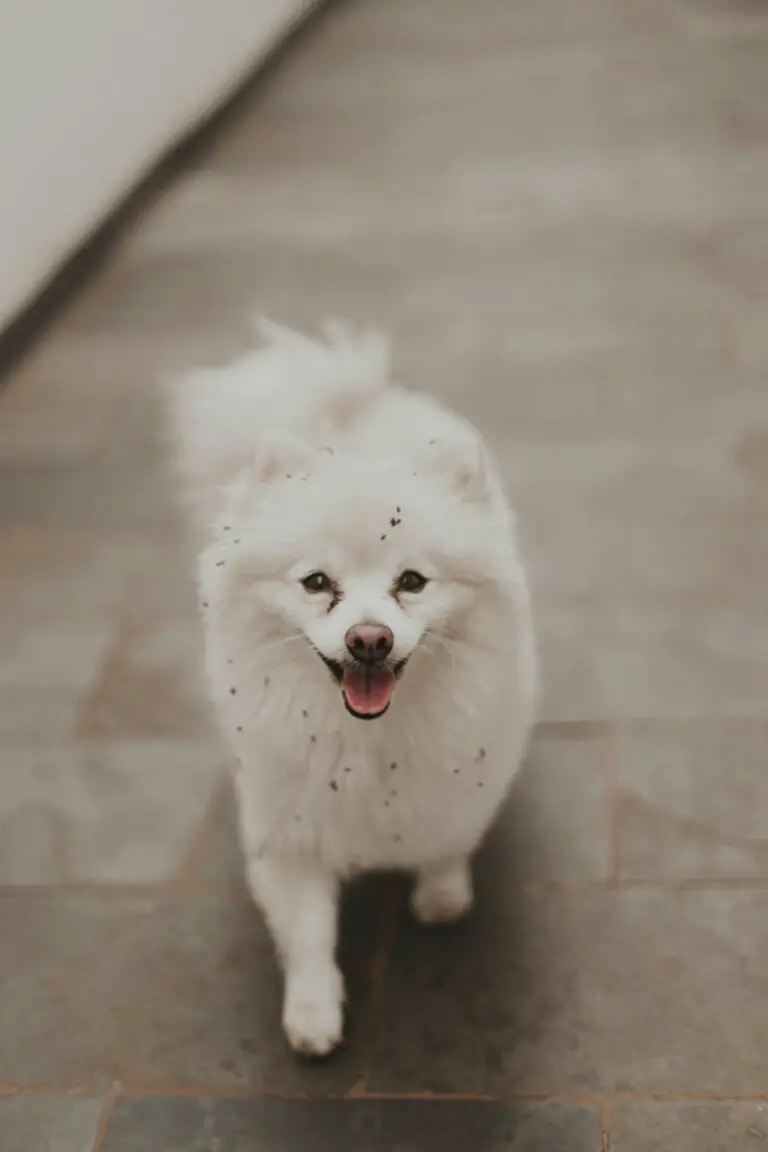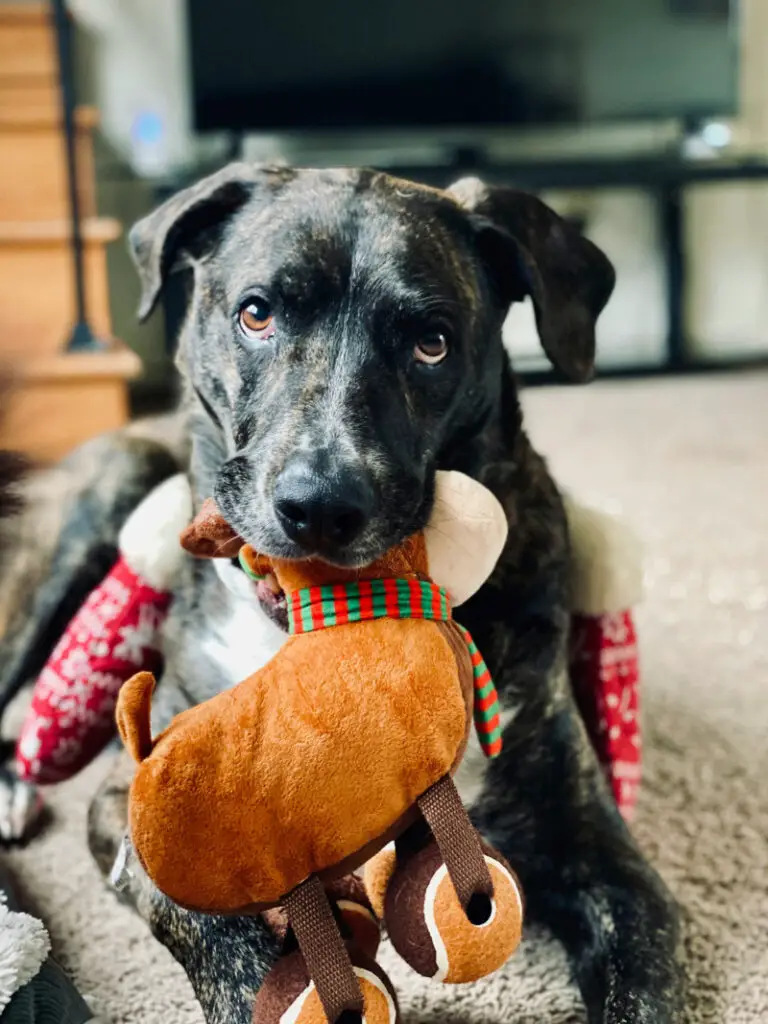Have you brought home a bundle of joy in the form of a furry little puppy? Congratulations! Raising a puppy is an exciting and heartwarming journey filled with play, tender moments, and lots and lots of teaching.
Most dog owners find it challenging to pinpoint the perfect time to begin house training their puppy. The dilemma of when to start is familiar to many.
Rest assured, this blog post aims to provide valuable insights on this topic, drawing from established canine behavior coaching knowledge.
Proper training shapes a dog’s life and determines your relationship with your canine friend. House training makes everyone’s life easier. It’s not just about making your house clean and free of mess, but more so about establishing a communication system with your dog that it can comprehend and respond to effectively.
Table of Contents
Establishing the Necessity and Importance of House Training a Puppy
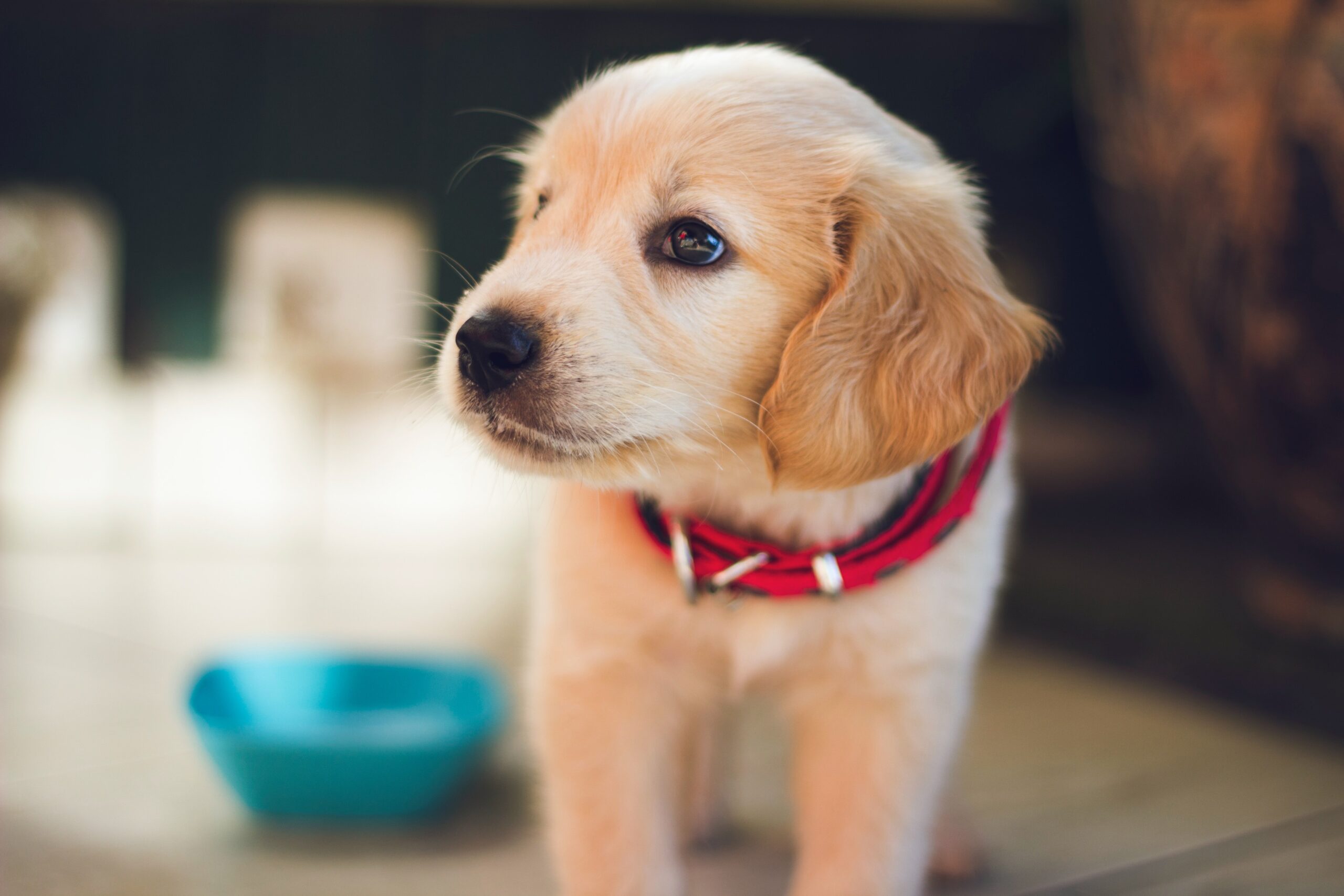
House training is a critical component of puppy rearing. Neglecting it or starting too late can lead to behavioral issues and create discord in your home. Puppies, much like humans, are creatures of habit. The sooner they learn appropriate bathroom habits, the faster they can adapt and make them a part of their routine.
Puppy house training also talks about the larger issue of discipline techniques. Through this process, your furry companion learns to respond to your instructions, understand boundaries, and respect the home environment.
Puppies, like young children, go through stages of development and growth. A new puppy is not just adjusting to a new home but also to their own rapidly changing body and motor skills. The age at which you start house training will impact how quickly your puppy grasps and internalizes these lessons.
When to Start House Training
When should you start house training your puppy? The answer is nuanced and depends on many factors, starting with a deep understanding of puppy behavioral patterns, their development stages, and effective methods to introduce toilet training. We will delve deeper into this topic, offering valuable tips and insights.
Best Age to Start House Training
Training new puppies is an art as much as it is a science. An effective house training strategy considers the puppy’s age and developmental stage. These stages significantly determine the most effective methods or techniques used to train young dogs.
Exploring Various Stages in a Puppy’s Development
Newborn Phase
An integral part of successful house training involves understanding the various stages of a puppy’s growth.
The newborn phase, which lasts until the puppy is about two weeks old, is primarily about survival. Newborn puppies depend entirely on their mother and are unlikely to respond to any behavioral training dogs might engage in later stages of life. During this period, your pup is learning basic skills, such as crawling and feeding, rather than puppy potty training or more complex learning activities.
Juvenile Phase
The juvenile phase, which roughly lasts from two weeks to three months, is a transitional period where puppies begin to explore their environment with newfound curiosity. Despite this curiosity, their limited control over physical functions can make puppy potty training and housebreaking your dog particularly challenging. However, teaching puppy commands can start, as it’s a critical time for socialization and preliminary training.
Adolescent Phase
Between three and six months, puppies enter the adolescent phase. At this age, puppies can start dog toilet training, and it’s the best time to start accentuating canine behavior coaching. Their physical control, understanding of commands, and cognitive abilities are developed enough for training routines to be effective. It’s also an excellent time to implement puppy training schedules to establish regular eating, play, and bathroom routines.
The Ideal Age for House Training from Experts
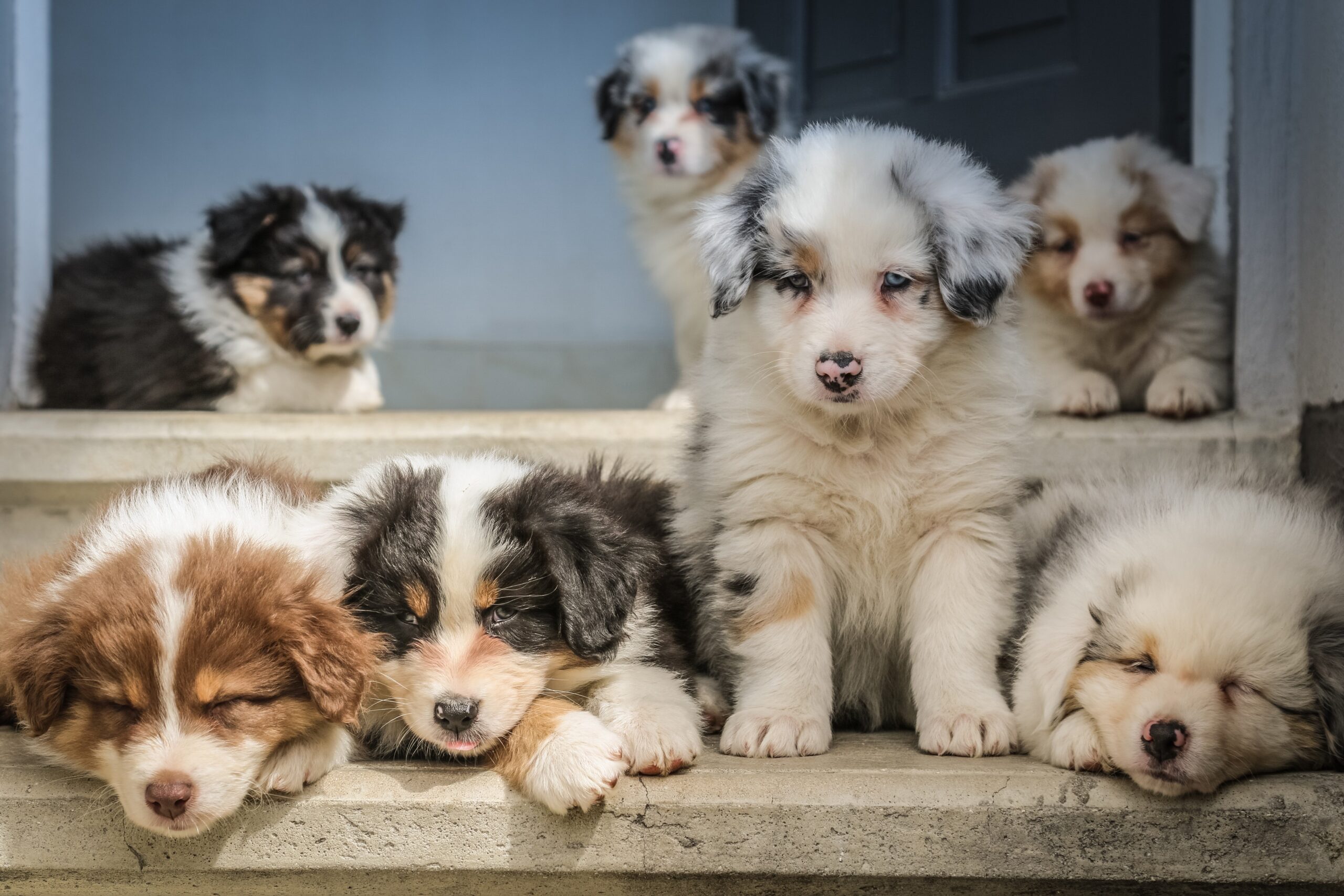
Reasoning Behind the Ideal Age
Most experts agree that the best time to start house training your puppy is around the three-month or adolescent mark. Around this time, puppies gain better control of their bladder and bowel movements, making indoor puppy training and puppy discipline techniques such as crate training puppies more effective.
Support from Scientific Studies
Research into canine behavior and cognitive development supports this timeframe. A puppy’s ability to learn and respond to training significantly ramps up during adolescence. This is when their cognitive functions mature, and they become more capable of understanding and adhering to routines and commands – significant components of house training.
Real-Life Examples
Many successful real-life examples affirm this theory. Countless dog owners report effective house training and accident prevention in consistently trained puppies starting around the three-month mark. This anecdotal evidence, coupled with expert opinions and scientific studies, makes a compelling case for this age range.
Counterarguments
Early Age House Training
Some argue for early-age house training, providing puppy potty training as early as four weeks old. They believe early training capitalizes on a puppy’s rapid cognitive development and learning ability. However, this method often assumes that a month-old puppy has sufficient physical control to effectively house-train, which may not always be the case.
Late Age House Training
Others might advocate for late-age house training, arguing puppies require a lot more physical development for effective dog toilet training.
Still, delaying house training beyond the three-to-six-month window may lead to habituation of undesirable behaviors, making housebreaking your dog more challenging later on. Consequently, the consensus amongst experts strongly supports the three-month mark as the ideal starting point for house training your puppy.
Tips for House Training Your Puppy
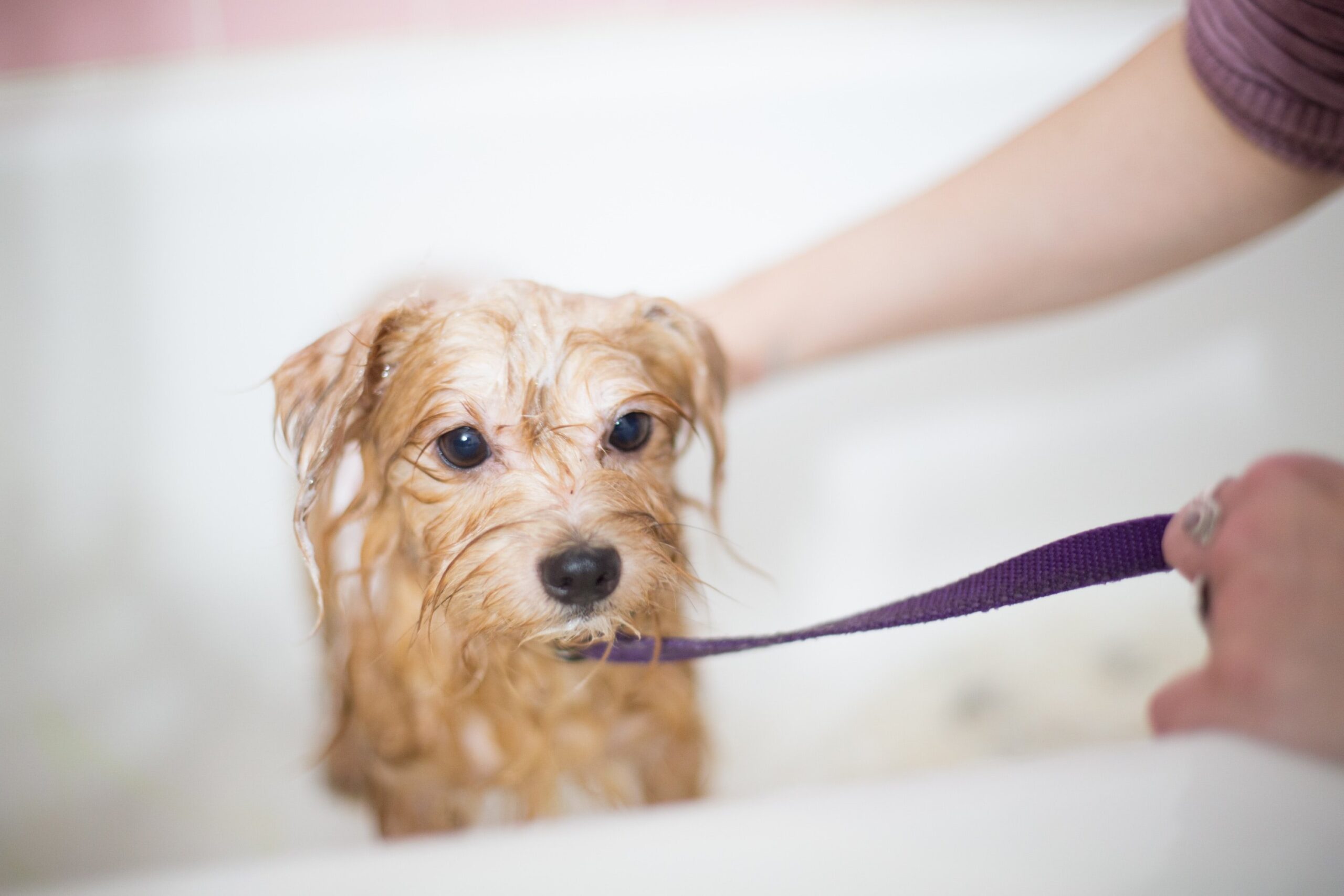
Once you establish when to start house training, you must focus on how you will train. The following sections will offer helpful tips and insights into efficiently harnessing the early developmental stages of your puppy for house training.
Puppy Potty Training Tips
Using a Puppy Training Schedule
Puppy training schedules serve as an excellent cornerstone for puppy potty training. Regular routines train your pet to expect specific activities at specific times, establishing structure and discipline. A schedule that consistently allocates time for meals, playtime, naps, and bathroom breaks can help your puppy adjust to indoor puppy training more efficiently. Plus, it significantly aids in accident prevention in puppies.
Recognizing Signs Your Puppy Needs to Go
A crucial aspect of house training involves recognizing signs your puppy needs to relieve itself. Some typical signs include pacing, sniffing around, barking, or any sudden changes in behavior. Addressing these signs with immediate bathroom breaks helps reinforce the cause-and-effect relationship of needing to go and going outside, leading to the successful housebreaking of your dog.
The Use of Crate Training
Crate training puppies is another proven technique in dog toilet training. Dogs instinctively avoid soiling where they sleep, which makes a crate a helpful tool for puppy potty training. By making the crate a comfortable, safe space, you can achieve quicker results while simultaneously giving your puppy its own little haven. While crate training is not a substitute for timely bathroom breaks and attention, it can certainly amplify your puppy house training efforts.
Strategies for Effective Training
Role of Patience and Consistency
Patience and consistency are the twin pillars of successful puppy training, emphasized in every dog obedience lesson. Expecting instant proficiency sets unrealistic expectations. Recognize the progression of your puppy’s development and reward even the smallest improvements to motivate them. Consistency in house training routines ingrains habits faster and reassures your puppy with predictable routines. An inconsistent schedule can lead to confusion, thereby inhibiting learning.
Importance of Positive Reinforcement in Puppy Training
Scientific studies and real-world experience agree that positive reinforcement is pivotal in effective training. Rewarding your puppy with treats, praise, or extra playtime immediately after successful outdoor bathroom breaks makes a significant difference. These rewards teach your puppy to associate outdoor bathroom breaks with enjoyable outcomes, encouraging repeat behavior.
Addressing the Overnight Issues
Overnight house training can be challenging. However, limiting water intake before bed, timely bathroom breaks, and using the crate will help manage overnight issues effectively and ensure that your puppy’s sleep schedule aligns with its bathroom routine.
Dealing with House Training Challenges
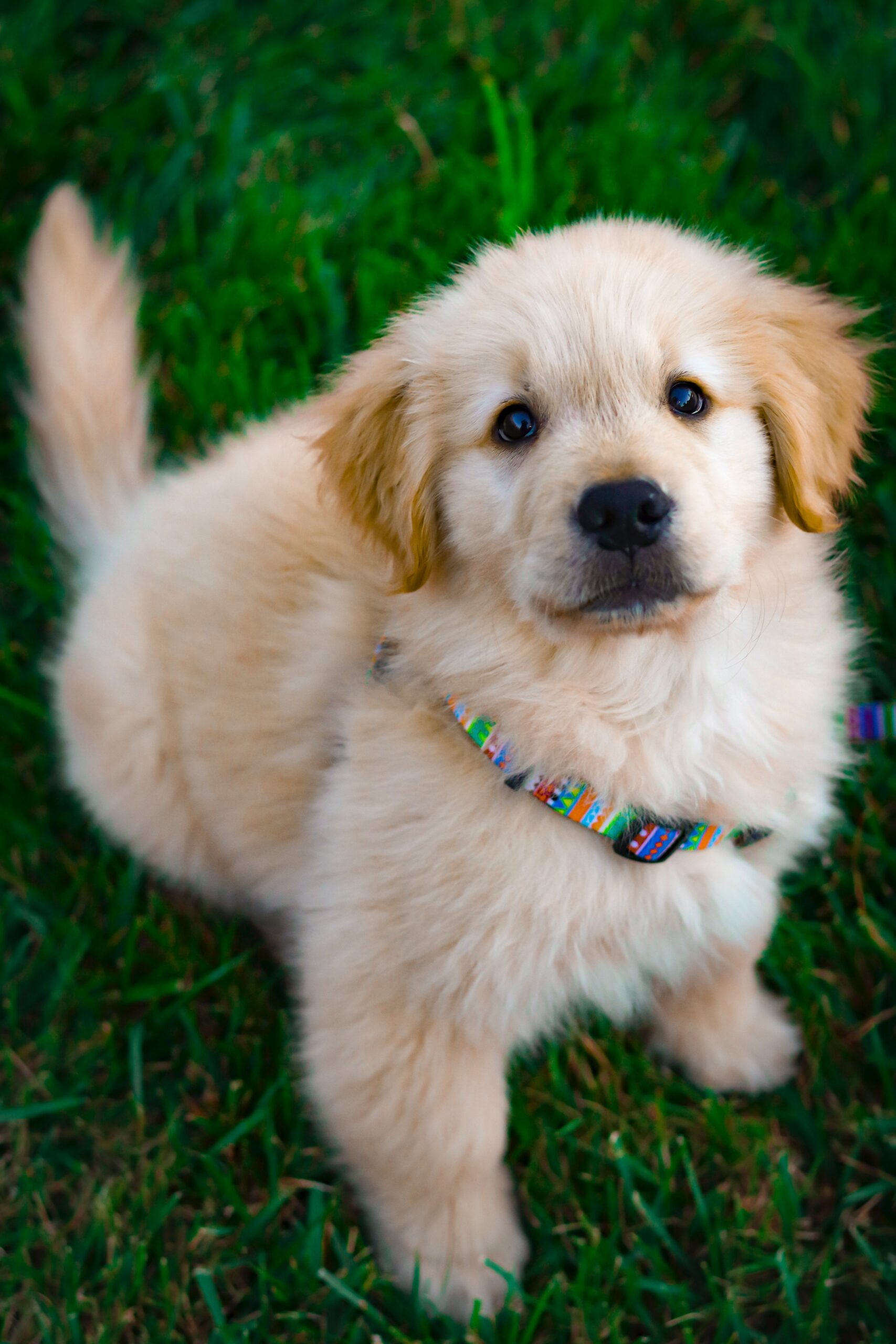
Discussing Common House Training Challenges
Despite the best efforts, you might face some common house training challenges. These could range from your puppy eliminating shortly after coming inside from a bathroom break to crying when put in the crate or habitual accidents in specific areas of the house. Often, these problems have straightforward solutions, but they require your understanding of puppy behavior, patience, and a little behavioral detective work.
Offering Solutions and Tips
Spending more time outside can be helpful for issues like elimination after a bathroom break. If your puppy is uncomfortable in its crate, make it a relaxing and rewarding space.
Accidents in specific locations typically mean the puppy can smell past incidents; enzyme-based cleaners can eliminate odors and break the pattern.
Convincing the puppy that the crate is a safe space involves patience and positive reinforcement. Introduce the crate gradually, make it comfortable, and create positive associations with it. Always remember, that consistency and patience are the keys. With these tools in your arsenal, you’re well on your way to successfully house-training your puppy.
Housebreaking Your Puppy: A Stepwise Approach
The arduous journey of housebreaking your dog can feel like climbing a mountain without a map. But with a step-by-step approach incorporating key concepts from canine behavior coaching, your pyramid will soon resemble more of a road than a mountain. Whether you’re starting with puppy potty training or in the thick of housetraining young dogs, follow this progressive three-stage method: Initial, Intermediate, and Final.
Initial Stage: Setting a Routine
Importance of Routine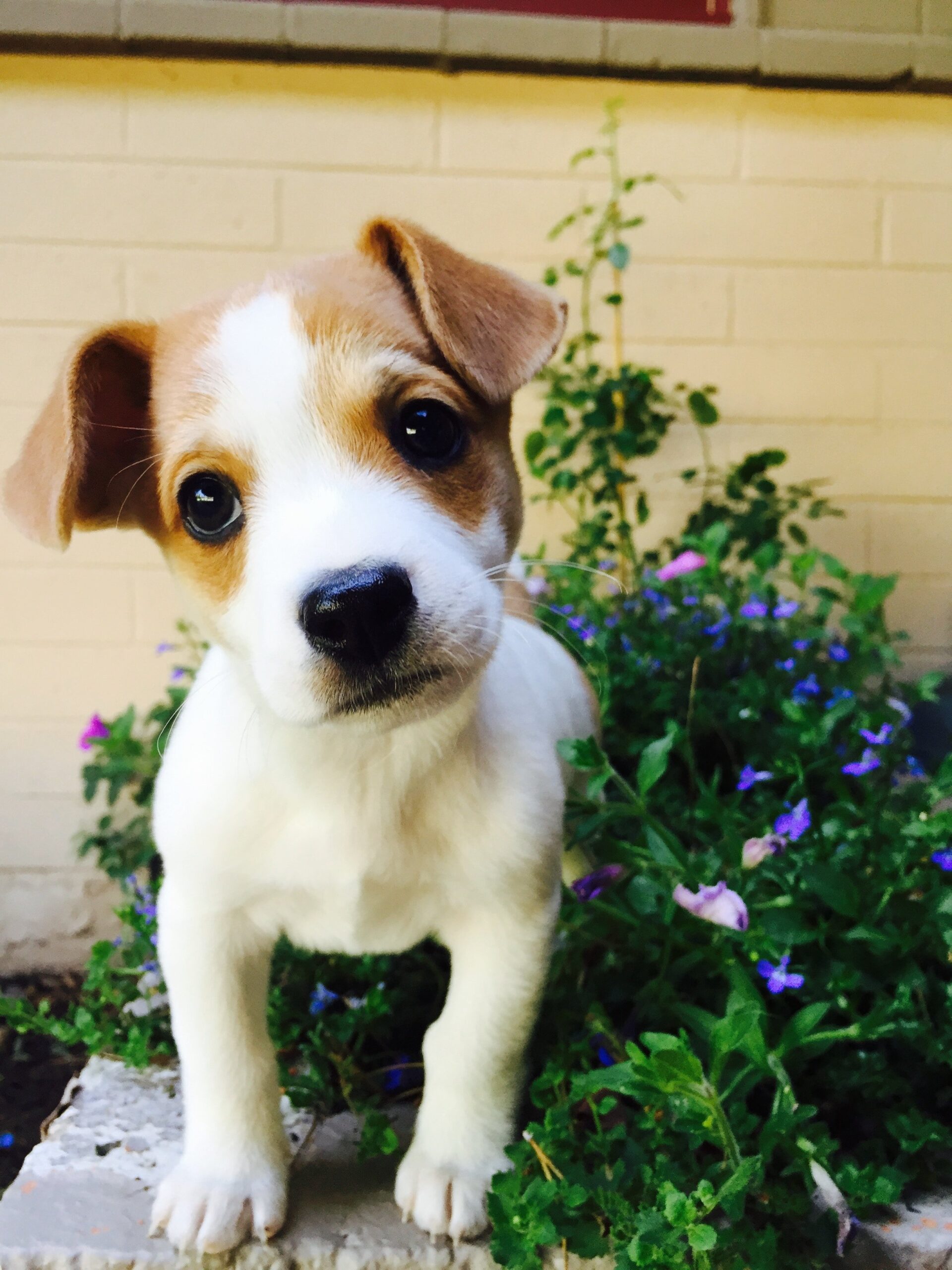
The cornerstone of any training regimen, whether it’s teaching puppy commands or embarking on puppy potty training, is establishing a routine.
Puppies are naturally habit-prone, so a routine provides a familiar and secure framework within which they can operate and learn. For instance, a puppy training schedule underlines when it’s time to eat, play, sleep, and – crucially – do their business. Their internal clock will align progressively with this pattern, resulting in a comfortable rhythm for puppy training schedules and accident prevention in puppies.
How to Set a Routine
Setting a routine is straightforward: consistency is key. You’ll want to allot specific periods during the day for meals, bathroom breaks, napping, and play. Meals should, as far as possible, be at the same time every day. Train new puppies to understand that they’ll go outside soon after eating, waking upCertain, or finishing playtime. Such routines also enable puppies to develop control over their own bladder and bowel movements over time.
Implementing the Routine
The implementation phase necessitates commitment and patience. Ensure each schedule component, like eating, playing, and go-time, happens seamlessly and consistently. Certain signals, like leashing your dog for outdoor breaks or using specific words before every meal, can help your puppy identify what’s coming next. This established routine will serve as the foundation for indoor puppy training.
Intermediate Stage: Using Reinforcement Strategies
What is Positive Reinforcement
In the realm of dog obedience lessons and wider behavioral training in dogs, positive reinforcement is a golden strategy. It’s a method wherein desired behavior is rewarded, increasing the likelihood of that behavior being repeated. In the context of house training, the immediate reward for successful outdoor bathroom use is positive reinforcement.
How to Use Positive Reinforcement Effectively
Effective positive reinforcement in puppy training hinges on a few key principles. Firstly, timing is crucial. Instant recognition of good behavior with a treat, praise, or a favorite toy makes a clear connection in your puppy’s mind. Consistency in rewards further strengthens this connection. Ensuring all family members adopt the same reinforcement strategy is crucial to prevent confusion.
Example of Positive Reinforcement in Puppy Training
Consider this typical scenario: Your puppy correctly goes outside to relieve itself. Immediately following this behavior, you give an enthusiastic “Good dog!” and a special treat. This reaction both praises and rewards the puppy for its successful behavior, increasing the chance that the puppy will repeat this action.
Final Stage: Troubleshooting and Consistency
Addressing Setbacks
The most challenging stage in the house training ladder is handling inevitable setbacks. Accidents are bound to happen. It’s important to remember that such incidents are part of the process, not failures. Address each setback with patience and understanding. Avoid scolding or punishment, which may instill fear or confusion rather than constructive learning.
Maintaining Consistency
While navigating setbacks, maintain consistency. This consistency applies to maintaining the puppy’s schedule and the responses to behaviors (both desired and undesired). A stable routine and consistent reinforcement foster a stable and secure environment conducive to successful training. With consistency, indoor puppy training mishaps will diminish gradually.
Celebrating Progress and Next Steps
Every accomplished milestone should be celebrated, from recognizing the signs of needing to relieve themselves to finally managing a full week without indoor accidents. Not only does it keep your spirits high, but it also continues to encourage your puppy. Remember, house training does not end here. It paves the way for more advanced training and deepens the bond between you and your loyal canine friend.
Reiteration of the Importance of Starting House Training at a Suitable Age
Importance of Timing House Training
Your furry bundle of joy deserves the best possible footing for a healthy, happy, well-adjusted life. That’s why it’s crucial to address house training during the earliest stages of your relationship with your puppy.
Housebreaking your dog, teaching puppy commands, setting up puppy training schedules – is as much about your puppy’s personal journey as it is about the wonderful bond you’re forging with your new family member.
Parents don’t wait for their human children to grow into adolescents before they start potty training. The same principle applies to your puppy. Your baby dog is a sponge for new learning experiences, starting right from the early weeks.
It’s essential not to lose out on this golden opportunity to instill the right puppy bathroom habits. But, remember, it isn’t merely about age. You must be attuned to your puppy’s development, adjusting your training techniques to match their growing physical and cognitive abilities.
Encouragement for Readers to Implement the Suggested Tips and Strategies for Effective House Training
Embrace the Journey: Tips and Strategies for Effective House Training
It’s common to feel overwhelmed by the prospect of effectively house-training your puppy. But remember, you’re not alone on this journey. From canine behavior experts to experienced dog owners, you have a wealth of knowledge to support you.
Training new puppies requires embracing the process’s phenomenal joys and occasional frustrations. Celebrate every victory, from the first successful outdoor bathroom break to those precious days when indoor accidents become a rarity.
And remember – you have excellent tools at your disposal. Crate training puppies, positive reinforcements, adhering to a regular schedule, and appreciating your puppy’s behavioral signs are all part of your puppy training toolkit. When these strategies are aptly implemented, your unspoken communication with your pet will improve drastically.
Your little friend relies on you to guide them through this critical phase of life. Housetraining young dogs is as much about love, connection, and communication as establishing house rules. So dive right in, armed with these tips and strategies!
Remember, every step forward, however small, signals that you are one step closer to having a wonderfully trained and adjusted furry life companion. Embrace this extraordinary journey with patience, consistency, and loads of treats!

